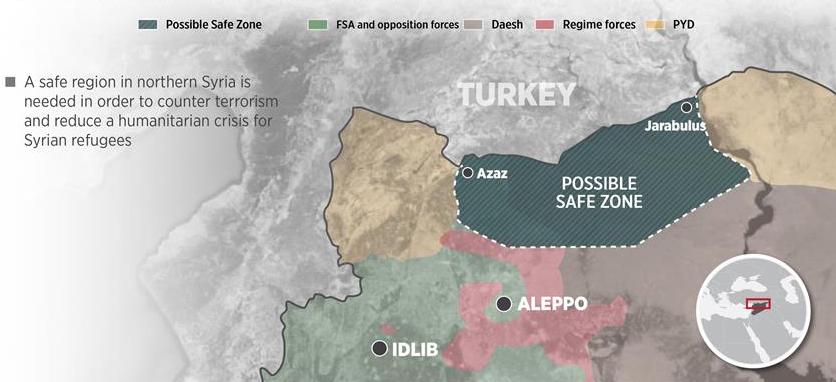The conflict taking place in Syria, initially concentrated solely in the Middle East has spread internationally in recent years. While the effects abroad are not of a violent nature as they are in the streets of Syria and Iraq, many communities in Europe are taking direct and immediate action within their own societies.
Approaches to create safe zones are being sought by Russia, Turkey and Iran in an effort to reverse the mass migration out of Syria. A similar policy position is also being promoted by the current U.S. Administration. While the plan is one that could diffuse mass migration from Syria, it is often those groups with the least protection and international consideration that would still be treated as low priority.
Issues abroad affect the fate of many individuals and groups in the Middle East. For those who are targeted for simply being born into a certain group and at risk of seeing its community go extinct, the situation is the most precarious. In those case, often assistance does not come, depending greatly on Western leaders foreign policy priorities. Unfortunately the essential foundations of humanitarian values are usually disregarded in the calculations of politicians seeking reelection.
Safe zones will be affected greatly by politics locally and abroad. The overwhelming pressure that will lead to decisive policy decisions in Europe will come from the two to three million additional refugees coming through Greece and eastern EU members into the heart of Europe.
European politics to a great degree may become dependent on a working safe zone and brokered peace in Syria. Two million migrants in Turkey could return home, or be pushed into another quagmire while passing through to Europe, contributing to the ever worsening of EU-Turkey relations in 2017.
The ones who will benefit from safe zones may be refugees who side with the stronger forces in the region, set up often by the same armies that created indiscriminate conflict in the first place. Refugees may be the ones fleeing attacks by the forces running those same zones, and enemies of those forces may be targeted again. The catalyst of the conflict in Syria and Iraq may persist in regions where it would be safe for those supporting the local government.
A safe zone cannot absolve itself from the larger religious conflict, or ignore the fact that minorities in the region are often targeted by both sides
Groups like Yazidis, Christians, and other minorities that are often targets of genocide remain safe. Without a concerted effort by the United States, Russia and European powers, the most vulnerable populations will remain in danger.
Resolving the humanitarian crisis in Syria today requires a holistic plan to end conflict between all active groups. Without safe zones it will be difficult to address both local and foreign concerns and succeed in stopping conflict in the region.
